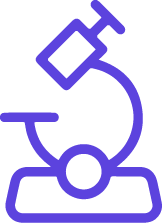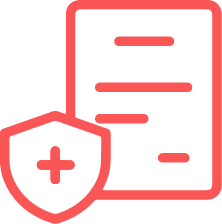People: roles, governance, and controlled execution
Even strong tools fail without clear ownership. Define responsibilities across HQ, affiliates, and vendors; ensure QPPV visibility is real (not nominal) through dashboards, cadences, and escalation rules. Decide where detection, triage, and signal assessment sit and document decision-making so it stands up to inspection. Capability matters, but governance and clarity are what make capability usable at scale.
Making it work in real life, without overspending
For lean teams, success comes from designing around non-negotiables (EU timelines, data quality, inspection readiness) and then scaling with discipline, not by accident.
Standardize the core (case workflow, coding, submissions, signal mechanics) and localize only what national rules force, not more. Treat literature and duplicates as engineered workflows, not side-tasks.
Within that logic, specialized partners can enable scale without losing control. They bring surge capacity, niche expertise (e.g. language-specific literature, statistics for signals), and ready-made GVP-aligned workflows. The key is to integrate them under your QMS with SLAs/KPIs and a single shared oversight layer, so external execution does not dilute accountability.
Conclusion
Whether a company runs a centralized, hybrid, or decentralized model, the realities of scaling PV in Europe are the same: control of data, interoperability of systems, and governed people/process execution are what keep the system compliant and scalable. Operating models differ; the conditions for making them work do not.
Want to dive deeper? Register for our webinar to get practical examples, ready-to-use templates, and insights directly applicable to your PV setup. We’ll walk through real-world decision paths for SMEs and biotechs.
Need support? Contact QbD Group today.
















%2020251466.jpg)